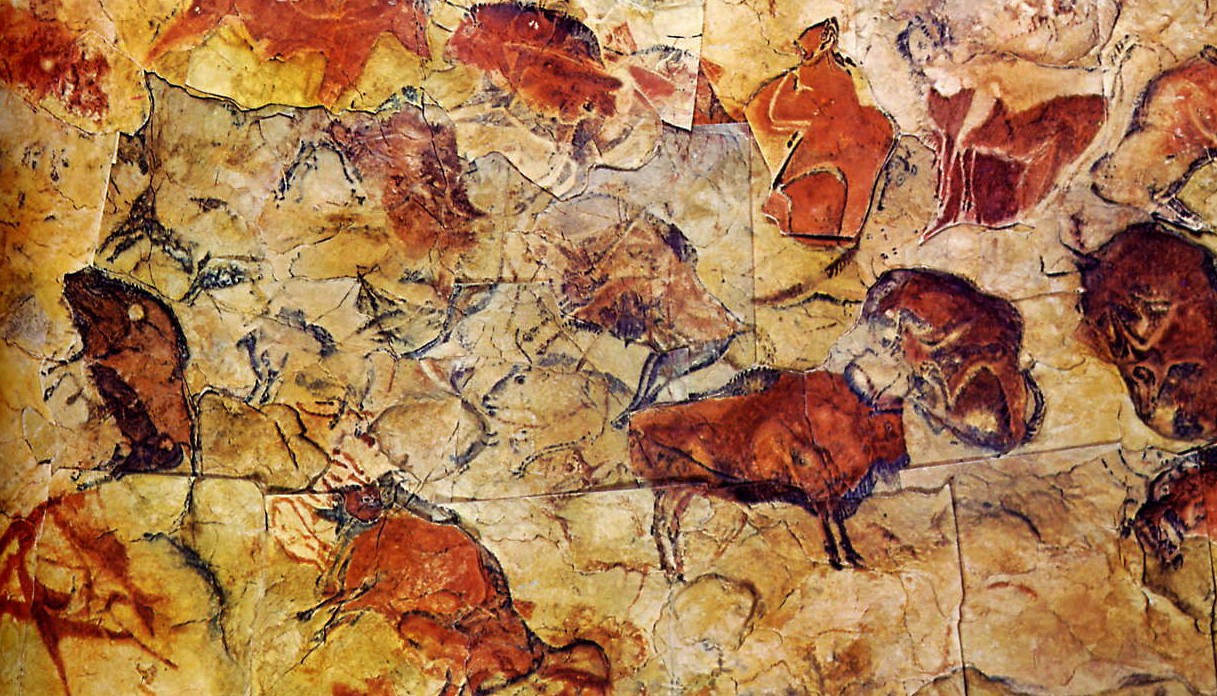As the old year wanes and there are these few final days during which to think about the incoming New Year, I suddenly remembered a little statement that I had caught during the fascinating PBS film, A Murder of Crows. It seems something important to remember - for me, at least - as 2012 dawns.
"Play allows the mind to develop and thus the crows become more creative." I think that pertains to us all, corvids, humans, and everyone in between.
Dance, Matisse, 1909-1910, (Image courtesy of the State Hermitage Museum)
As artists, it is so important to play, to revert in a way to a childlike mental state, to relax. Every time I remember to do this, I find that the art I am trying to create seems to flow better.
Think of some of Henri Matisse's dancers; here, he seems to have distilled his art to a marvellous sense of joyous play. Above is a second version of Dance that Matisse did in 1909-1910, the version now in the State Hermitage Museum . But then fast forward to 1947, when Matisse had to resort to paper cut-outs, papiers coupes, because his infirmities precluded him from painting. He still retained a sense of play, and his creativity was undimmed.
Icarus (Jazz), papiers coupes, 1947, (image courtesy of the Metropolitan Museum of Art, New York).
How more eloquent an example of play allowing creativity to flow can one get! The crows can certainly teach us a lot. So can Matisse!
Happy New Year to all, and joyful play.




